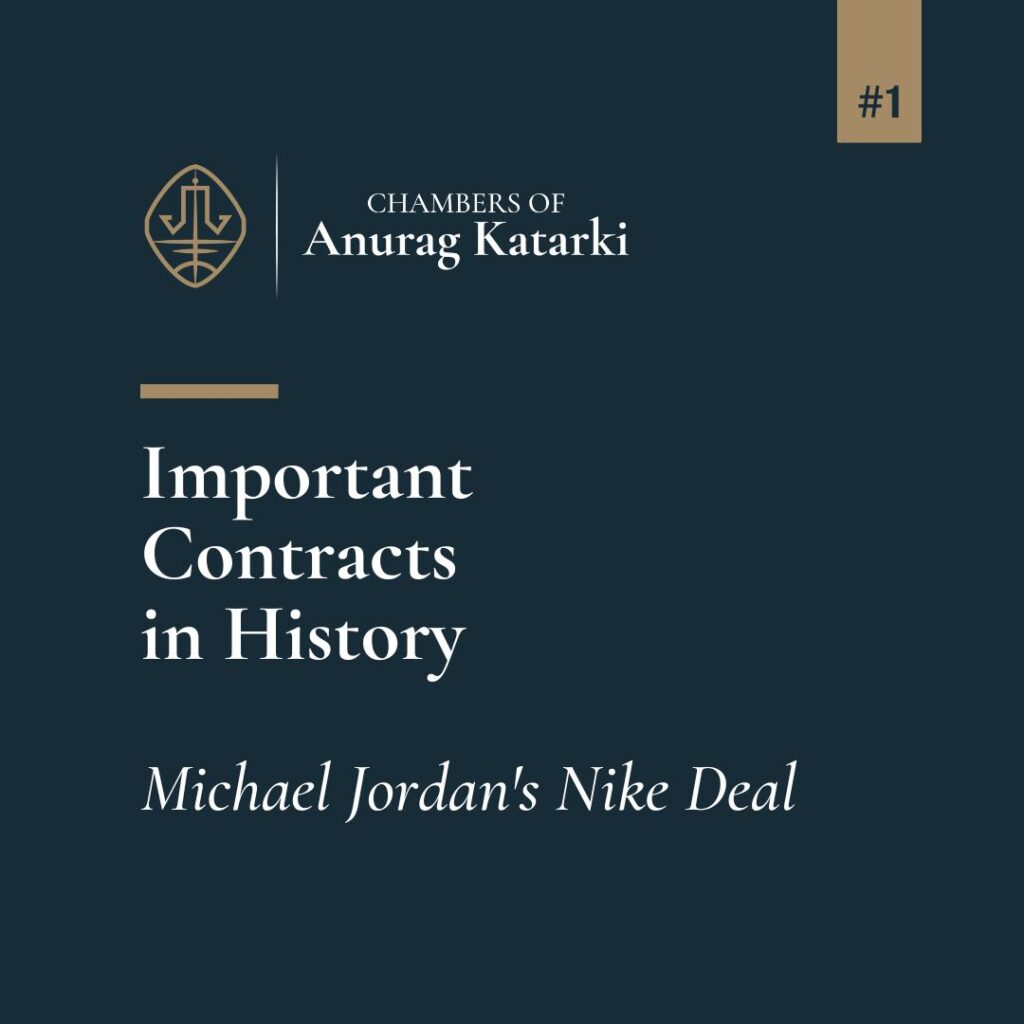In 1984, a pivotal moment in sports marketing history occurred when Michael Jordan, a promising rookie in the National Basketball Association (NBA), signed a groundbreaking deal with Nike. This contract, initially valued at $2.5 million over five years, would go on to revolutionize athlete endorsements and transform both Jordan’s career and Nike’s business trajectory.
The agreement’s inception was not without its challenges. Jordan, who preferred Adidas, was initially reluctant to meet with Nike. It was his agent, David Falk, who coined the term “Air Jordan” and convinced the young athlete to hear Nike’s pitch.
The Jordan-Nike contract was structured as a licensing agreement, granting Nike the right to use Jordan’s name, and likeness, and later led to the creation of the iconic “Jumpman” logo for marketing purposes. In return, Jordan received a royalty percentage on sales, an arrangement that was relatively uncommon at the time for athlete endorsements.
The Jordan-Nike deal set precedents in sports marketing. It established a new standard for athlete compensation in endorsement deals, paving the way for future athletes to negotiate more lucrative contracts. The agreement also demonstrated the potential of creating a distinct brand within a larger company, a model that has since been replicated across various industries.
From a trademark law perspective, the creation and protection of the “Jumpman” logo as a distinct entity from Nike’s main brand was a significant development. This separate branding allowed for greater flexibility in marketing and product development while still maintaining a connection to the parent company.
One of the most innovative aspects of the Jordan-Nike contract was its built-in capacity for growth. Unlike many fixed-term endorsement deals, this agreement evolved into a partnership that has lasted for decades. This longevity can be attributed to carefully crafted clauses allowing periodic reassessments and adjustments.
The contract’s adaptability was particularly evident in how it handled Jordan’s retirement and return to basketball. Most athlete endorsement deals are contingent on active play, but the Jordan Brand’s success continued unabated even during Jordan’s periods away from the sport. This resilience speaks to the legal foresight in drafting an agreement that transcended traditional athlete-sponsor relationships.
The Michael Jordan-Nike contract stands as a testament to the power of well-structured, forward-thinking agreements in sports marketing. Its success has influenced countless subsequent deals and reshaped the ecosystem of athlete endorsements. The Jordan Brand continues to thrive, generating billions in annual revenue. Today, it serves as a prime example of how a legal agreement can create lasting value for all parties involved.

